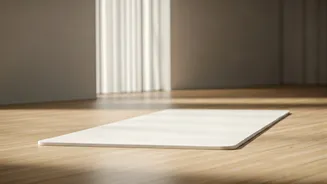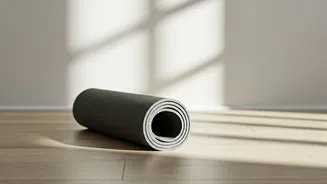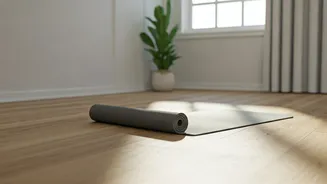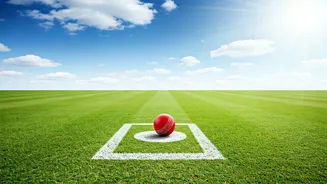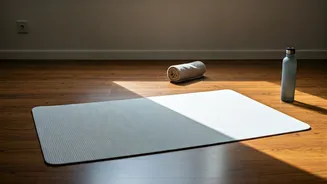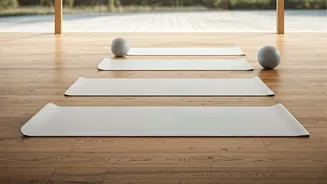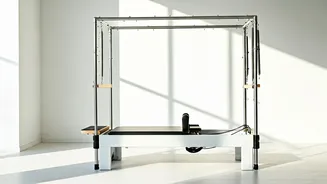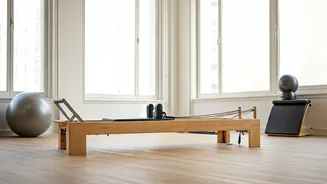Introduction to Pilates
Pilates, developed by Joseph Pilates, is a system of exercises focusing on controlled movements to enhance strength, flexibility, and body awareness. It
emphasizes core engagement, proper breathing, and precise execution. Pilates can be practiced with or without equipment, making it versatile and accessible. It’s an effective method for improving posture, reducing back pain, and developing a lean, toned physique. The exercises are designed to work the entire body, promoting overall physical and mental well-being. Pilates caters to all fitness levels, with modifications available for beginners and more challenging variations for advanced practitioners. Regular Pilates practice can lead to improved balance, coordination, and a greater sense of body control.
The Hundred
The Hundred is a classic Pilates exercise that warms up the body and engages the core. To perform this exercise, lie on your back with your knees bent and feet flat on the floor or lifted into a tabletop position. Engage your core, lift your head and shoulders off the floor, and extend your arms towards the ceiling. Begin pumping your arms up and down, inhaling for five counts and exhaling for five counts, repeating this cycle ten times, hence the name "The Hundred". Maintaining a steady breath and core engagement is crucial throughout the exercise. Beginners can modify this by keeping their head down or their legs bent. This exercise targets the abdominal muscles, improving core stability and cardiovascular fitness.
The Roll-Up
The Roll-Up exercise is designed to improve spinal flexibility and core strength. Start by lying on your back with your legs extended and arms overhead. Engage your core and slowly curl your chin to your chest, initiating the movement by rounding your spine. Reach your arms forward towards your toes as you roll up, one vertebra at a time, until you're sitting upright. Exhale as you roll up, and inhale as you reach. Slowly reverse the movement, rolling back down, vertebrae by vertebrae, until you are lying back on the floor. Maintain control throughout the movement and avoid using momentum. This exercise is great for improving posture and strengthening the abdominal muscles.
Single Leg Circles
This exercise is excellent for improving core stability, flexibility, and coordination. Lie on your back with one leg extended towards the ceiling and the other bent with the foot flat on the floor. Engage your core and, keeping the rest of your body stable, draw small circles with your extended leg, moving it from the hip. Perform the circles in both directions. The focus should be on controlled movements, ensuring the rest of your body remains still. This exercise strengthens the abdominal muscles, improves hip flexibility, and enhances balance.
Rolling Like Ball
The Rolling Like a Ball exercise concentrates on massaging the spine and developing core control. Begin by sitting with your knees bent and your feet lifted off the floor. Hold your shins and round your back. Engage your core and roll backward, keeping your spine rounded, until your shoulders touch the floor, then roll back up to the starting position. Maintain a controlled movement, focusing on using your core muscles to control the roll. Avoid letting your feet touch the floor. This exercise improves balance, coordination, and abdominal strength.
Leg Pull Front
This exercise is a variation of a plank that engages the core, arms, and shoulders. Start in a plank position with your hands shoulder-width apart and your body in a straight line from head to heels. Lift one leg off the floor and extend it towards the ceiling, maintaining a straight line through your body. Engage your core to keep your hips stable and prevent them from swaying. Lower the leg and repeat on the other side. This exercise is excellent for enhancing core strength, improving balance, and strengthening the arms and shoulders. Remember to keep your core engaged and maintain good form to avoid straining your back.
Side Leg Lifts
The Side Leg Lifts primarily focuses on strengthening the outer thigh muscles and improving hip stability. Lie on your side, supporting your head with your hand. Extend both legs in a straight line. Engage your core and lift your top leg towards the ceiling, keeping it straight. Lower the leg slowly and repeat. Perform the exercise on one side before switching to the other. Make sure to keep your body aligned and avoid rocking forward or backward. You can also modify this exercise by bending the bottom leg for added support. This exercise is beneficial for sculpting the outer thighs and improving hip stability.
